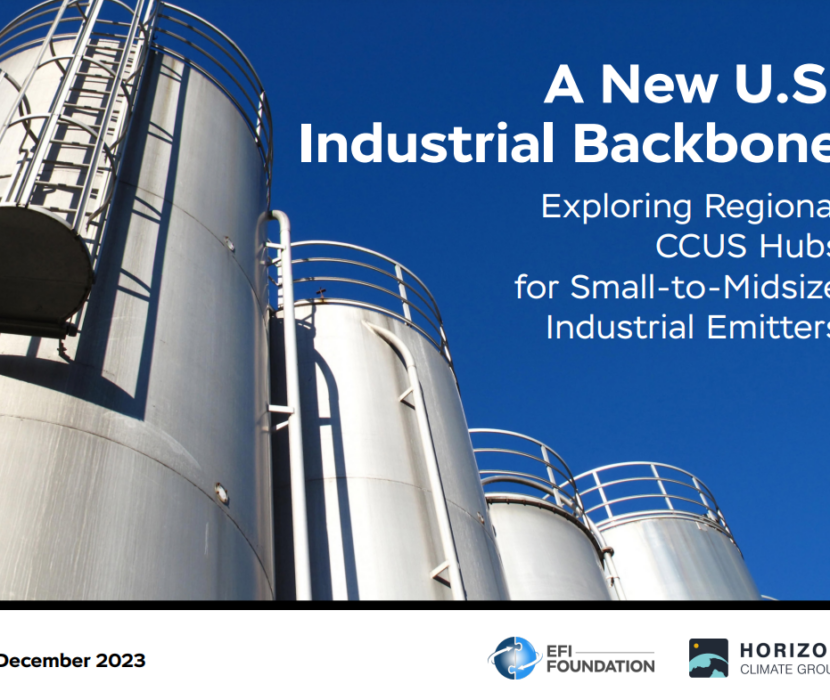
U.S. Senator Brian Schatz (D-HI) and U.S. Representative Paul Tonko (D-NY-20) credit a landmark report on carbon dioxide removal (CDR) by the Energy Futures Initiative with providing the framework for the new federal legislation they introduced in the Senate and House of Representatives.
Yesterday, Senator Schatz and Representative Tonko introduced the Carbon Dioxide Removal Research and Development Act of 2023 with eight co-sponsors in the Senate and four co-sponsors in the House. The bill seeks to promote the research, development, and demonstration (RD&D) of cost-effective CDR technologies for commercial-scale deployment. This would help the United States begin to make meaningful progress toward achieving net-zero and net-negative carbon dioxide (CO2) emissions targets later this century.
The 2019 Energy Futures Initiative report—“Clearing the Air: A Federal RD&D Initiative and Management Plan for Carbon Dioxide Removal Technologies”—outlined a 10-year, $10.7 billion initiative to bring innovative, large-scale CDR technologies to commercial readiness with technology-specific cost targets and minimal ecological impacts. The report also emphasized that the initiative would involve 10 federal agencies, with the U.S. Department of Energy (DOE), U.S. Department of Agriculture (USDA), and National Oceanic and Atmospheric Administration (NOAA) taking the lead.
As recommended in the 2019 report, the Carbon Dioxide Removal Research and Development Act of 2023 prioritizes cross-agency coordination and technology-specific cost targets. The bill would provide more than $12 billion to launch a 10-year, multi-agency program to help the United States meet its climate goals. DOE, USDA, and the U.S. Department of Commerce (which houses NOAA), would receive a majority of this funding (approximately $9.2 billion in total).
The bill aims to establish and drive down cost-specific targets for a comprehensive list of CDR technologies discussed in the 2019 report, including direct air capture (DAC), carbon mineralization, coastal- and oceans-based capture, terrestrial and biological capture, geologic storage, and carbon utilization. Together, these technologies and the coordination across agencies would create a whole-of-government, multi-pronged strategy for carbon removal by extracting CO2 that has already been emitted into the environment and thus reducing atmospheric CO2 concentrations. To safely store the carbon, provisions in the bill would rely on natural carbon sinks (such as the ocean) while exploring options to enhance the Earth’s carbon storage processes.
This is the second time this year that the “Clearing the Air” report has inspired federal legislation. When Senator Lisa Murkowski (R-AK) introduced the Carbon Removal, Efficient Agencies, Technology Expertise (CREATE) Act of 2023 in June, she cited this report. The CREATE Act is a bipartisan bill that aims to increase research and development of CDR technologies to help reduce net greenhouse gas emissions.
–Georgia Lyon, Communications Associate
(Share this post with others.)




